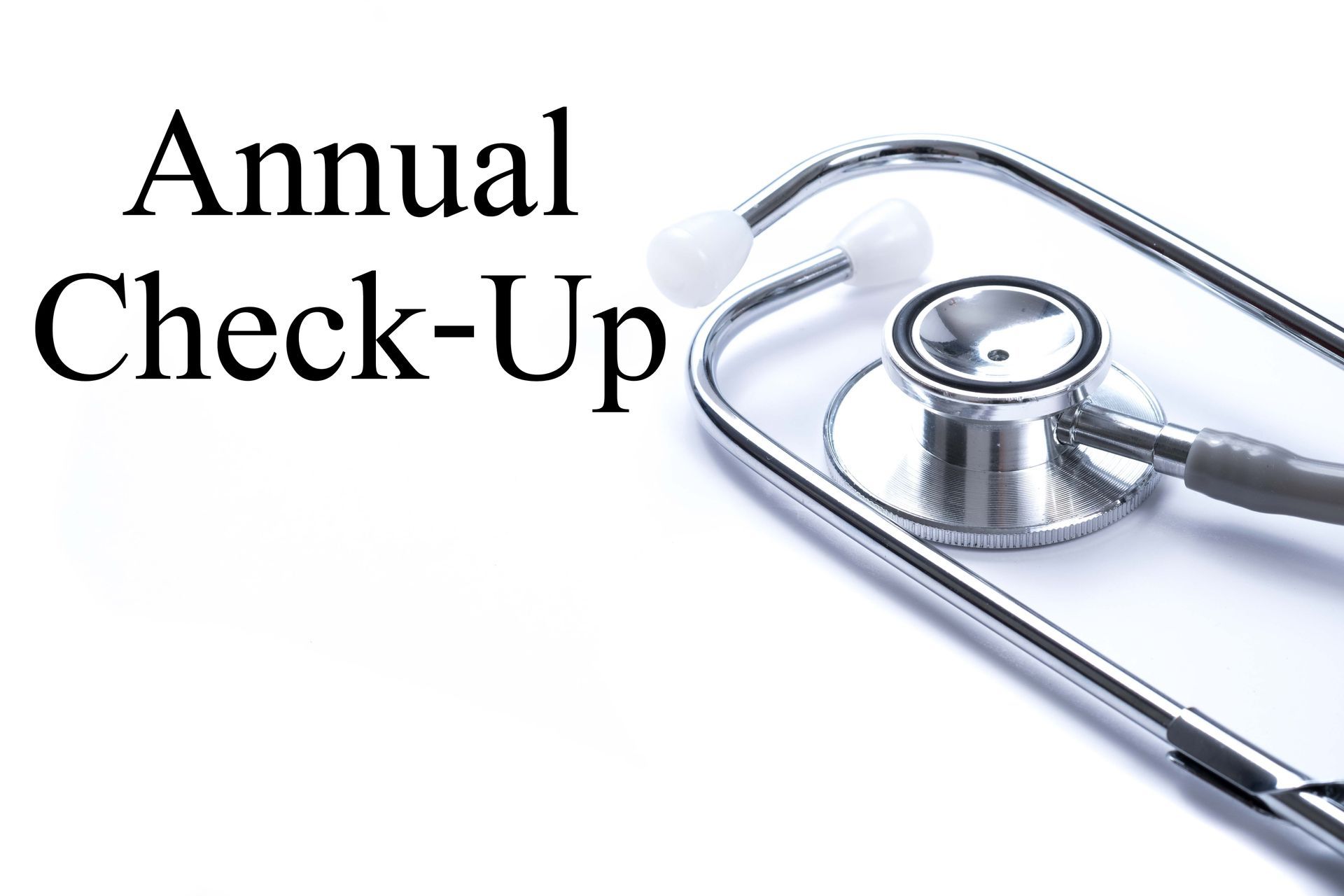Men’s Hormone Replacement Therapy (HRT): Setting the Record Straight
Hormone Replacement Therapy for men—more precisely called testosterone-replacement therapy (TRT)—is not about “super-charging” testosterone to body-builder levels. It is a medically supervised treatment designed to restore testosterone to the normal physiologic range in men who have clinically confirmed testosterone deficiency (hypogonadism).
Below we explain when TRT is appropriate, how it is diagnosed, and why “higher-than-normal” dosing is neither necessary nor safe.
1. What Counts as “Low” Testosterone?
Authoritative guidelines from the American Urological Association (AUA) define testosterone deficiency as:
- Persistent total testosterone < 300 ng/dL on two separate morning blood samples
- PLUS symptoms such as fatigue, reduced libido, mood changes, or loss of muscle mass.
2. Free Testosterone: Why It Matters
While total testosterone is often the starting point for diagnosis, free testosterone may be even more clinically important in certain cases.
What is Free Testosterone?
Total testosterone includes both:
- Free testosterone – the small fraction (1–3%) that is unbound and biologically active
- Bound testosterone – attached to proteins like SHBG (sex hormone-binding globulin) and albumin, and not directly available to cells
Free testosterone is what actually interacts with your body’s tissues and drives key functions like sexual health, energy, mood, and muscle strength.
When to Measure Free Testosterone
We may check free testosterone if:
- Your total testosterone is borderline but you have symptoms of low T
- You are older or have conditions that affect SHBG levels (like thyroid or liver disease)
- You have normal total T but still experience fatigue, low libido, or other symptoms
3. Diagnosis Is More Than a Lab Number
- Thorough Medical History & Exam
- Two Morning Testosterone Tests
- Rule Out Reversible Causes (obesity, medications, thyroid issues, etc.)
- Safety Screening – PSA, blood count, and sleep apnea screening before treatment
4. TRT is About Restoration, Not Enhancement
The goal is to bring testosterone back to the mid-normal range (typically 400–700 ng/dL). We do not aim to exceed this, because:
- Higher-than-normal testosterone levels do not offer extra benefits
- They increase risks like blood thickening, infertility, or worsening sleep apnea
- HRT should mimic natural, healthy levels, not artificially boost performance
5. Safety & Monitoring
We monitor your progress carefully:
| Timeline | What We Check | Why |
|---|---|---|
| Baseline | PSA, hematocrit, SHBG, free and total T | Establish a safe starting point |
| 3–6 months | Repeat testosterone levels, blood counts, symptom review | Adjust dose if needed |
| Annually | Long-term health checks | Ensure sustained benefits and safety |
6. What Benefits Can You Expect?
When testosterone levels are normalized:
- Improved energy and mood
- Enhanced libido and sexual performance
- Better lean muscle mass and body composition
- Improved focus and motivation
These results are more noticeable when both total and free testosterone are brought into the healthy range.
7. Common Myths—Cleared Up
| Myth | Truth |
|---|---|
| TRT is steroid abuse | Medical TRT is designed to restore—not exceed—normal levels. |
| You can start based on symptoms alone | You must have low labs and symptoms to qualify. |
| TRT guarantees big muscle gains | Realistic benefits depend on diet, exercise, and lifestyle. |
| Free testosterone doesn’t matter | It often explains symptoms when total T looks “normal.” |
Is TRT Right for You?
If you're dealing with symptoms like low energy, reduced libido, or brain fog, you may have low testosterone or low free testosterone. At Foundation Family Practice, we provide comprehensive evaluation and personalized hormone therapy that’s grounded in safety, evidence, and long-term health.
Call us today or book online at www.myfoundationfamilypractice.com to learn more about your hormone health.
Key Takeaways
- TRT is for clinically low testosterone, not enhancement
- Diagnosis must include both symptoms and lab confirmation
- Free testosterone is a critical part of accurate assessment
- HRT is safe and effective when closely monitored
- Lifestyle, nutrition, and exercise remain essential partners to therapy
*Disclaimer: This blog is for educational purposes only and does not replace individualized medical advice. Consult your physician before starting or stopping any therapy.*



